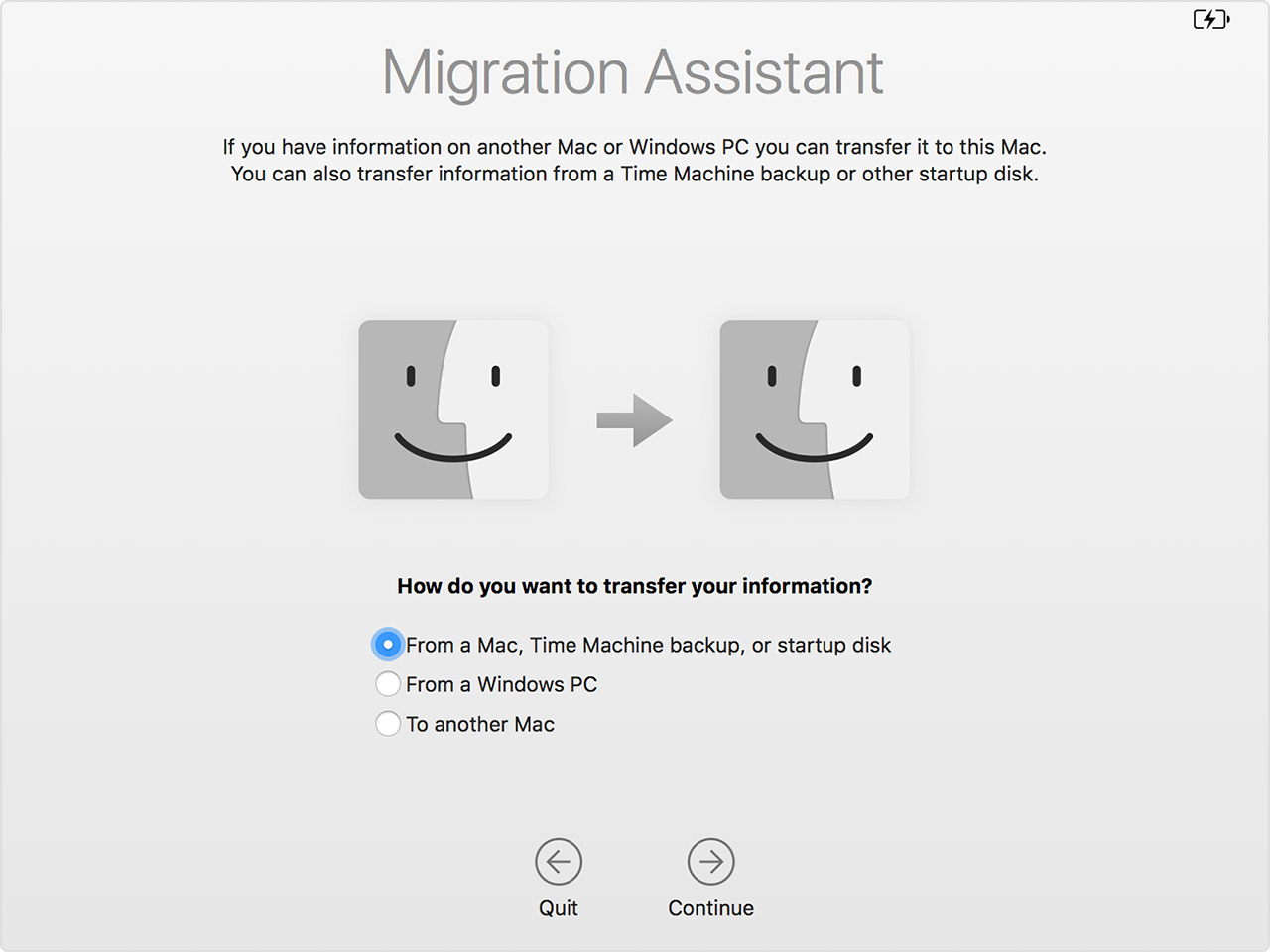Feb 14, 2020 Restore from a Time Machine backup. When you restore from a Time Machine backup, you can choose to restore all your files, or restore both the Mac operating system (macOS) and all your files. Make sure that your Time Machine backup disk is connected and turned on, then turn on your Mac. Jul 10, 2017 Create a new user account on your Mac. This new user account should have the same name and password as your old Mac. Log in to the new user account. Open your Time Machine folder using Finder. Double-click on the Backups.backupdb folder. Double-click on your old Mac folder. Double-click on Latest. Mar 16, 2017 Please browse through each folder and check for a file with an extension as 'Restore.ipsw'. Manually drag the file into the 'Trash' and clear the trash. De-duplicate Music Files in MacBook Air/Pro Too Many Junk Files on Mac, Can I Delete in One Click? Guide to Delete System Log Files on MacBook or iMac How to Reset Safari. Early 2011 MacBook Pros fall in this category. Version 10.6.7 was the last version released on DVD, but the DVDs were locked to specific machines. We are are going to unlock a 10.6.7 DVD and make it a universal Installer. How to do it: Use Disk Utility to make a read/write DMG of a 10.6.7 install disk for a MacBook Pro or iMac. Oct 01, 2015 I can't find Restore icon in Disk Utility any more. And trying 'Scan Image For Restore' just shows 'Can not write to selected disk image.' Mac Pro MacBook Air MacBook Pro macOS Catalina tvOS 13 watchOS 6 How Tos. Buyer's Guide. No way to restore dmg to disk in 10.11. Thread starter andyyau; Start date Oct 1, 2015; Sort. Jan 23, 2017 Find your dmg file on the desktop and start restore your usb. When you have restored your usb close down transmac and take out your usb from the Windows Computer and put it in your iMac.
Apple Disk Images are files (usually with the .DMG extension) which the Mac OS X operating system uses to store disk images, with optional data compression and encryption. Such images can be mounted as volumes to access stored data directly from the operating system.

Apple disk images are mostly used for software distribution over the Internet, but Mac OS X users can create images of their own disks. And sometimes data recovery from such images is required. This brief article explains how to use R-Studio for this task.
Note: We assume that the Apple disk images themselves are good and mountable, only data in the imaged disks may be corrupted or lost.
R-Studio for Mac
1. Double-click the Apple disk image file to mount it.
Fig.1. Mounted Apple disk image in Finder
Click image to enlarge
2. Locate the mounted Apple disk image in R-Studio.
Fig.2. Apple disk image in R-Studio for Mac
Click image to enlarge
You may work with this image as it was a real disk.
R-Studio for Windows and Linux
Although there are several programs that can transfer files from Apple disk images to Windows and Linux systems, they cannot provide access to them at the level necessary to recover data. So we need to use a Mac computer to mount the images and then use network data recovery to allow R-Studio for Windows or Linux work with the mounted images.
1. On the Mac computer, double-click the Apple disk image file to mount it.
2. Run R-Studio Agent for Mac. See R-Studio on-line help: R-Studio Agent for Mac for details.
3. Connect R-Studio to the Mac computer. See R-Studio on-line help: Data Recovery over Network for details.

4. Locate the mounted Apple disk image in R-Studio.
Fig.3: Apple disk image in R-Studio for Windows
Click image to enlarge
Fig.4: Apple disk image in R-Studio for Linux
Click image to enlarge
Restore Macbook Pro From Dmg File Windows 10
You may work with this image as it was a real disk.